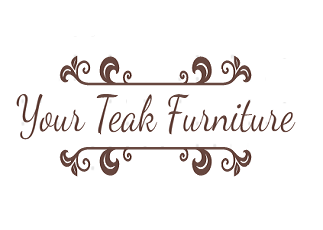Underfloor heating systems have gained popularity for their comfort and energy efficiency. However, they are not immune to misconceptions and myths. In this guide, we’ll debunk common underfloor heating myths and provide the facts to help you make an informed decision about this modern heating solution.
Myth 1: Underfloor Heating Is Only Suitable for New Construction
Fact: While it’s true that installing underfloor heating during new construction or major renovations can be more straightforward, retrofitting existing homes with underfloor heating is entirely possible. There are solutions that can be installed on top of the existing floor, minimizing disruption and making it accessible for older homes.
Myth 2: Underfloor Heating Is Expensive to Install
Fact: Underfloor heating systems come in various types, including electric and hydronic systems, with different cost considerations. Electric systems, such as heating mats, are often more affordable and easier to install. The initial investment may be higher for hydronic systems, but they can be more cost-effective in the long run due to their energy efficiency.
Myth 3: Underfloor Heating Is Only for Tile Floors
Fact: Underfloor heating is compatible with various flooring types, including hardwood, laminate, vinyl, and carpeting. It’s essential to select the right system and consult the manufacturer’s recommendations to ensure the flooring material is suitable.
Myth 4: Underfloor Heating Takes a Long Time to Heat Up
Fact: Underfloor heating systems are designed to provide rapid warm-up times, and many can reach the desired temperature within minutes. Advanced technology and efficient heating elements make underfloor heating a quick and responsive heating solution.
Myth 5: Underfloor Heating Is Inefficient
Fact: Underfloor heating systems are known for their energy efficiency. They operate at lower temperatures compared to traditional radiators or forced-air systems, reducing energy consumption and costs. The even heat distribution they offer can also eliminate cold spots and drafts, further improving efficiency.
Myth 6: Underfloor Heating Is Difficult to Control
Fact: Modern underfloor heating systems often come with smart thermostats and controls that allow homeowners to set precise temperature levels, create heating schedules, and even control the system remotely using smartphones or voice-activated devices. These features provide convenient and easy control.
Myth 7: Underfloor Heating Is Prone to Leaks
Fact: Hydronic underfloor heating systems use water pipes to distribute heat, which may raise concerns about leaks. However, when properly installed and maintained, the risk of leaks is minimal. These systems are designed with durable materials, and regular inspections can prevent issues.
Myth 8: Underfloor Heating Is Incompatible with Radiators
Fact: Underfloor heating and radiators can coexist in a home. You can use underfloor heating in areas where it’s most efficient, such as the main living spaces, and radiators in other parts of the house. Modern systems are compatible with various heating methods.
Myth 9: Underfloor Heating Increases Allergies
Fact: Underfloor heating can actually improve indoor air quality. By reducing the circulation of dust and allergens, it can create a healthier environment, particularly for those with allergies or respiratory issues.
Myth 10: Underfloor Heating Is High-Maintenance
Fact: Underfloor heating systems are relatively low maintenance. Regular inspections and professional servicing every few years can keep them in excellent working condition. Cleaning the floors to remove debris is the primary maintenance requirement.
Conclusion
Underfloor heating myths often lead to misconceptions about this innovative heating solution. By separating fact from fiction, you can make informed decisions about whether underfloor heating is the right choice for your home. These systems offer energy efficiency, comfort, and flexibility, making them a viable option for a wide range of spaces and lifestyles. Don’t let myths deter you from considering this modern and efficient way to heat your home.

